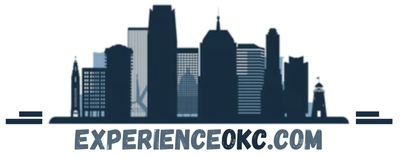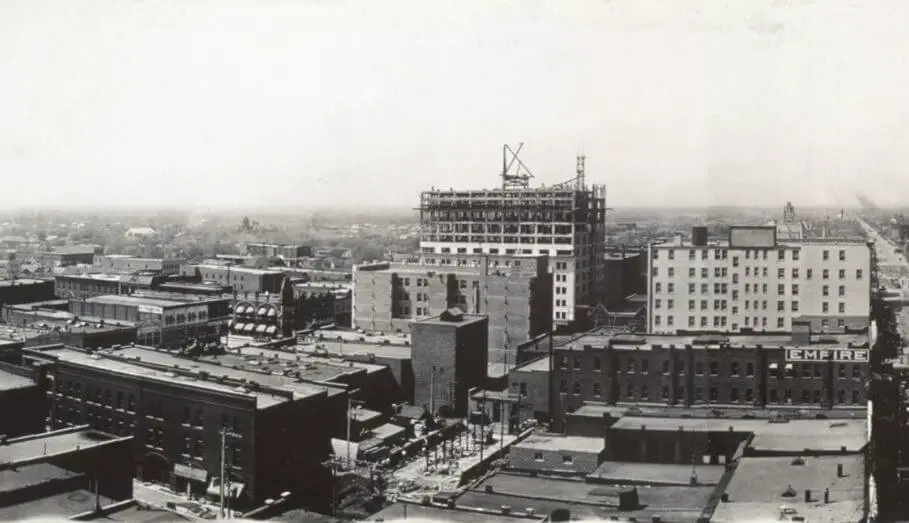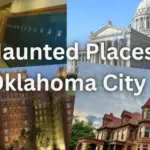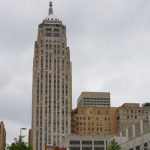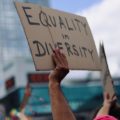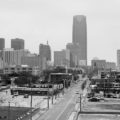A Brief History of Oklahoma City: From Beginning to Present Today
Oklahoma City, also known as the “Big Friendly,” is the capital and largest city of the state of Oklahoma. Founded in 1889, the city has a lengthy history that spans over 130 years.
The land that Oklahoma City now occupies has been inhabited for thousands of years by various indigenous tribes, including the Wichita, Comanche, and Kiowa. In the early 1800s, the U.S. government began relocating tribes from the southeastern states to the Indian Territory, which included present-day Oklahoma. This forced displacement, known as the Trail of Tears, resulted in the deaths of thousands of Native Americans.
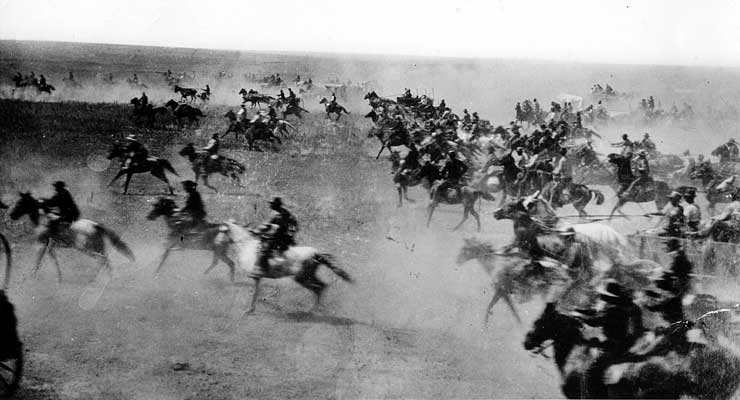 In the late 1800s, the U.S. government opened up the Indian Territory for non-Native American settlement through a series of land runs. On April 22, 1889, the Unassigned Lands were opened for settlement and thousands of people, known as “Sooners,” rushed to claim land in the area that would become Oklahoma City. The city was officially incorporated on July 15, 1890, and quickly grew as a center of commerce and transportation.
In the late 1800s, the U.S. government opened up the Indian Territory for non-Native American settlement through a series of land runs. On April 22, 1889, the Unassigned Lands were opened for settlement and thousands of people, known as “Sooners,” rushed to claim land in the area that would become Oklahoma City. The city was officially incorporated on July 15, 1890, and quickly grew as a center of commerce and transportation.
In the early 1900s, Oklahoma City experienced a period of growth and prosperity. The city’s population doubled between 1900 and 1920, and new businesses and buildings began to spring up. The Oklahoma City School of Law was established in 1907, and the city’s first skyscraper, the First National Center, was completed in 1931.
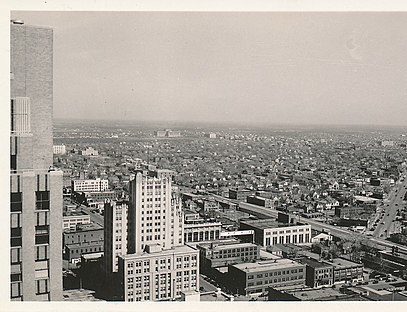 However, this period of prosperity was cut short by the Great Depression, which hit Oklahoma City hard. Many businesses closed and unemployment rose to over 25%. The city struggled to recover until the onset of World War II, when the city’s economy was revitalized by an influx of government spending and job opportunities.
However, this period of prosperity was cut short by the Great Depression, which hit Oklahoma City hard. Many businesses closed and unemployment rose to over 25%. The city struggled to recover until the onset of World War II, when the city’s economy was revitalized by an influx of government spending and job opportunities.
After the war, Oklahoma City continued to grow and prosper. The city’s population reached over 500,000 in the 1950s, and new suburbs and shopping centers were built to accommodate the influx of residents. The city also became a major center for oil production, and many of the city’s residents worked in the oil industry.
In the 1960s and 1970s, Oklahoma City underwent significant changes as the city’s leaders began to focus on urban renewal and downtown revitalization. The city’s downtown area was transformed with the construction of new office buildings, hotels, and cultural institutions, such as the Myriad Botanical Gardens and the Oklahoma City Museum of Art.
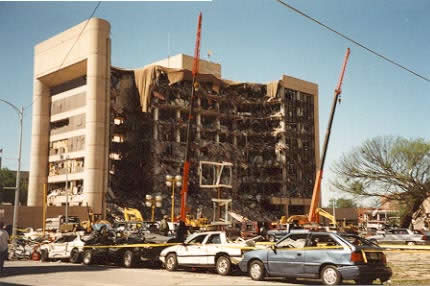 Oklahoma City’s history took a tragic turn on April 19, 1995, when a bomb exploded outside of the Alfred P. Murrah Federal Building, killing 168 people and injuring over 800. The bombing, which was carried out by Timothy McVeigh and Terry Nichols, was one of the deadliest acts of domestic terrorism in American history.
Oklahoma City’s history took a tragic turn on April 19, 1995, when a bomb exploded outside of the Alfred P. Murrah Federal Building, killing 168 people and injuring over 800. The bombing, which was carried out by Timothy McVeigh and Terry Nichols, was one of the deadliest acts of domestic terrorism in American history.
In the aftermath of the bombing, Oklahoma City began a process of healing and rebuilding. The city came together to support the victims and their families, and a memorial was built to honor the victims of the bombing. Today, the Oklahoma City National Memorial & Museum serves as a reminder of the tragedy and the resilience of the city and its residents.
Today, Oklahoma City is a vibrant and thriving city, with a population of over 600,000 residents (1.4 million in the metropolitan). The city is home to a diverse array of businesses, cultural institutions, and outdoor spaces, and is known for its friendly and welcoming people. Oklahoma City is also a leading center for energy, healthcare, and aerospace industries. The city continues to grow and evolve as it looks forward to the future, while also preserving its rich history and heritage.
